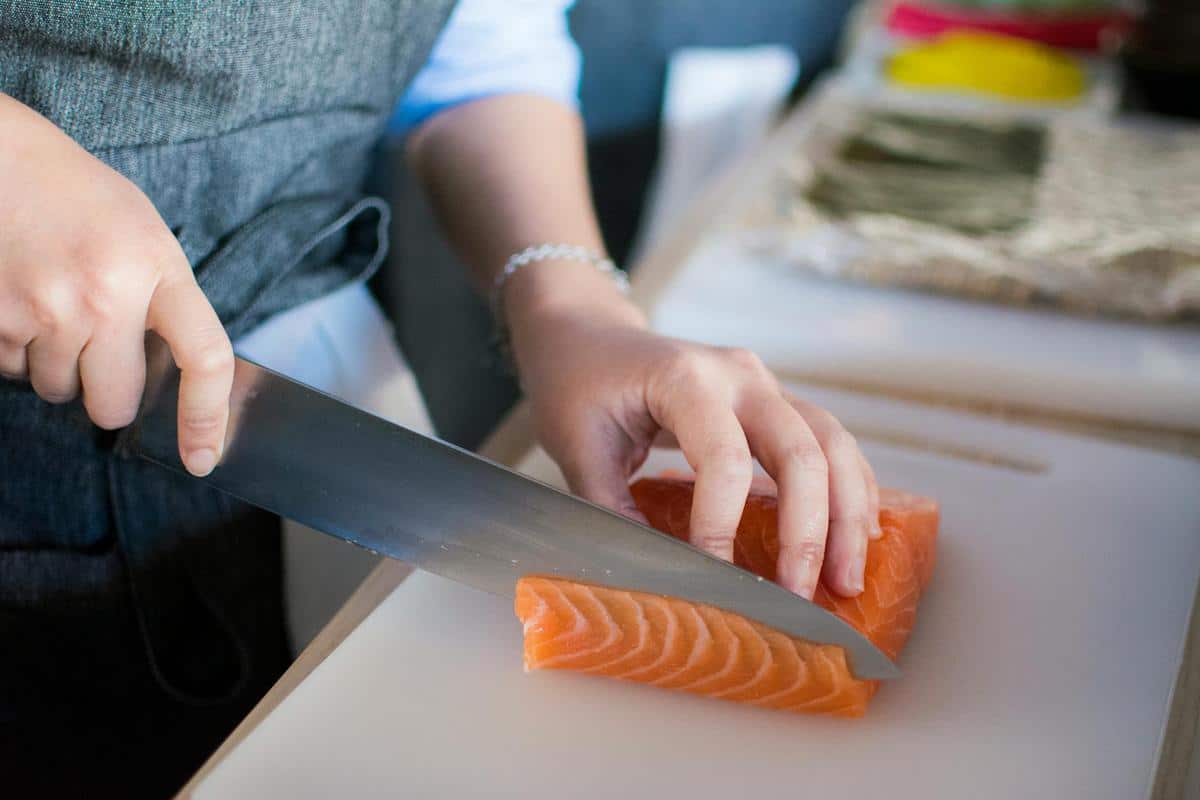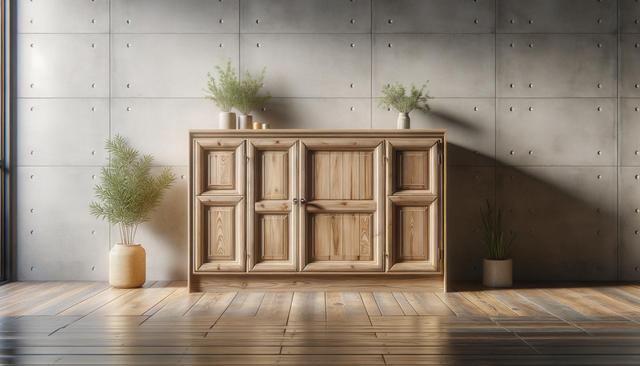
The Science Behind Sous Vide Cooking
Sous vide cooking might sound like a sophisticated culinary technique reserved for professional chefs, but it’s actually an accessible method for home cooks looking to elevate their kitchen skills. By immersing food in a water bath and cooking it at a precisely controlled temperature, sous vide ensures even cooking and enhances flavors, making it a favorite among culinary enthusiasts.
Understanding the Basics of Sous Vide Cooking
Sous vide, a French term meaning ‘under vacuum,’ refers to the process of vacuum-sealing food in a bag and cooking it to a precise temperature in a water bath. This technique is known for producing consistent and high-quality results, making it popular in both professional and home kitchens.
How Does Sous Vide Work?
The science behind sous vide cooking revolves around precise temperature control. Unlike traditional cooking methods, sous vide allows for the food to be cooked evenly without the risk of overcooking. The water bath is set to the exact temperature you want your food to reach, ensuring that every bit of the food is cooked uniformly.
Expert Insights
According to renowned culinary expert Harold McGee, ‘Sous vide cooking allows chefs to achieve textures and flavors that are difficult to replicate using other techniques.’
This precision is achieved through the use of an immersion circulator, which heats the water bath to a consistent temperature.
Research Findings
Research has shown that sous vide cooking can enhance the tenderness and juiciness of proteins. A study by the Journal of Food Science found that meats cooked using sous vide retained more moisture compared to traditional methods.
Personal Experiences
Imagine preparing a perfectly cooked steak that melts in your mouth, or chicken breasts that are tender and juicy every time. For many home cooks, sous vide has transformed their approach to cooking proteins.
Actionable Tips for Sous Vide Cooking
- Always use a high-quality vacuum sealer to ensure your food is properly sealed.
- Experiment with different herbs and spices to infuse flavors into your food as it cooks.
- For safety, never cook food below 130°F (54°C) for extended periods.
For added flavor, sear your proteins in a hot pan after sous vide cooking to achieve a delightful crust.
Comparison Table: Sous Vide vs. Traditional Cooking
| Aspect | Sous Vide | Traditional Cooking |
|---|---|---|
| Temperature Control | Precise | Variable |
| Flavor Infusion | Enhanced | Standard |
| Texture | Consistent | Variable |
| Convenience | Set and Forget | Requires Monitoring |
| Time | Longer | Shorter |
| Equipment | Immersion Circulator | Standard Kitchen Tools |
| Moisture Retention | High | Variable |
| Skill Level | Moderate | Varies |
Frequently Asked Questions
What types of foods can be cooked sous vide?
Almost any food can be cooked sous vide, including meats, vegetables, and even eggs.
Do I need special equipment for sous vide cooking?
An immersion circulator and vacuum sealer are recommended for optimal results.
Conclusion
Sous vide cooking offers a unique way to enhance your culinary creations with precision and flavor. By understanding the science behind this technique, you can start experimenting in your kitchen and enjoy restaurant-quality dishes at home. Whether you’re a seasoned chef or a curious home cook, sous vide opens up a world of possibilities for delicious and perfectly cooked meals.


